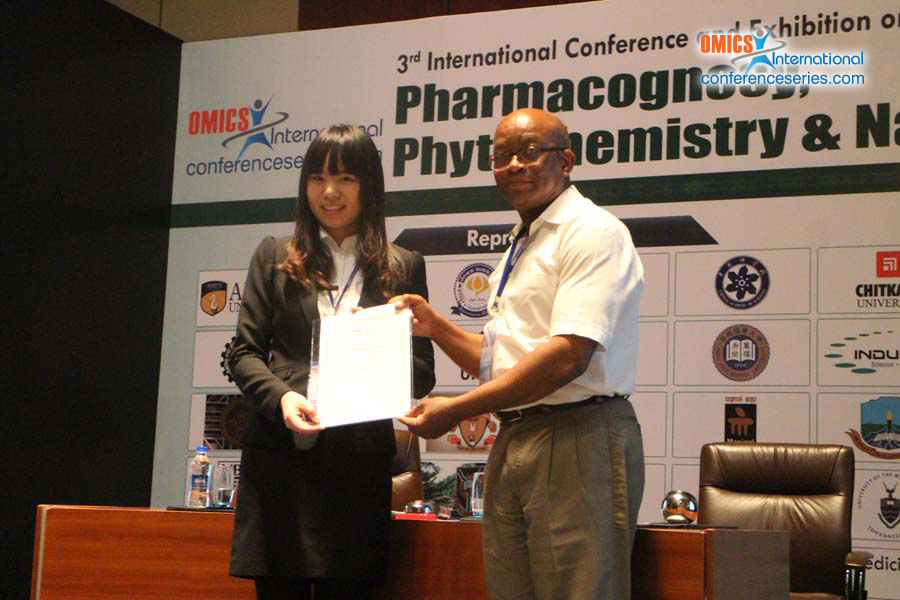
Tao Su
Hong Kong Baptist University, China
Title: Comparison of the toxicities of raw and processed Pinelliae rhizoma in rats
Biography
Biography: Tao Su
Abstract
Pinelliae rhizoma (Banxia) is the dried tuber of Pinellia ternata. It has received great attention because of its excellent therapeutic effects as well as the associated toxicity. Banxia can cause irritant toxicity to oral, throat and gastrointestinal mucosa, as well as cardiotoxicity. To reduce the toxicity, Banxia is usually processed with ginger juice and alumen. The processed product is called Jiang-Banxia. Here, we used the blood biochemistry, histo-pathological examinations and metabonomics methods to compare the toxicities of Banxia and Jiang-Banxia in rats. Male SD rats were divided into three groups. Treatment groups received oral administration of Banxia or Jiang-Banxia powder suspended in 0.5% CMC-Na at a dose of 3 g/kg/day for 14 days, the control group received equal volume of the vehicle. Results showed that the Banxia-treated rats had smaller body weight gain and less physical activity compared to rats of control group, as well as obvious body trembling, aphony and diarrhea. Compared with the Banxia group, rats in Jiang-Banxia group showed better symptoms. The biochemical and histo-pathological results suggested that Banxia possessed toxicity, and Jiang-Banxia was less toxic. Differences of metabolic profiles involving serotonin and proline metabolisms were observed among vehicle-, Banxia- and Jiang-Banxia-treated rats, suggesting serotonin and proline metabolisms were involved in the toxicity of Banxia. Our data verified that processing with ginger juice and alumen can reduce the toxicity of Banxia, and shed new light on the pathological mechanism of Banxia.

